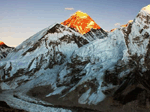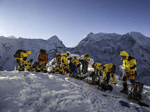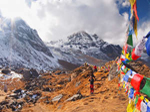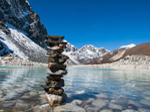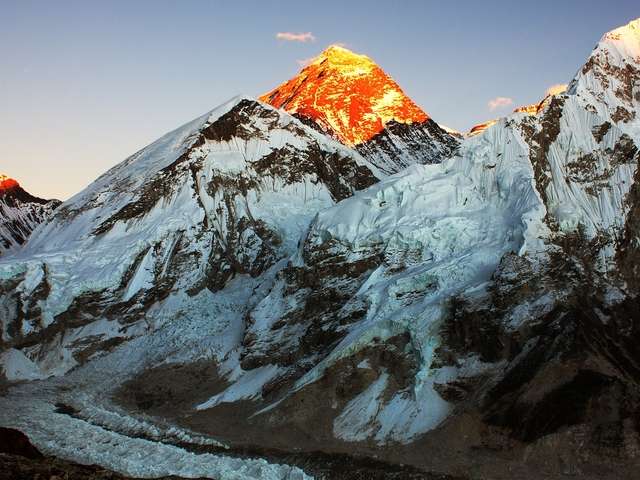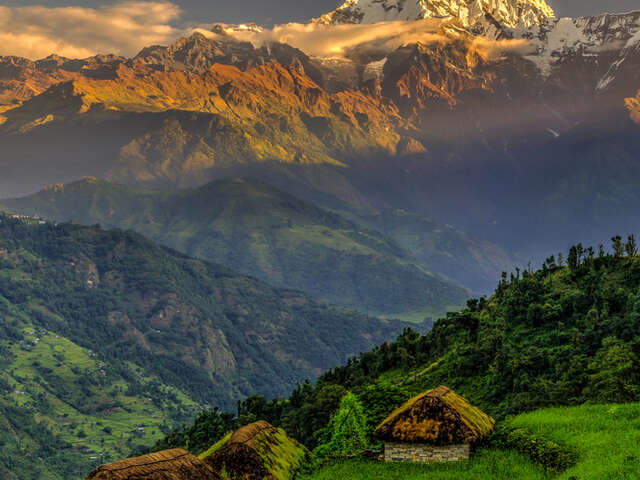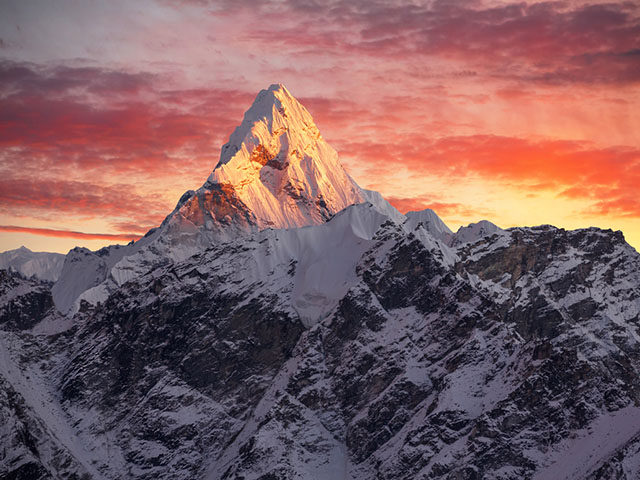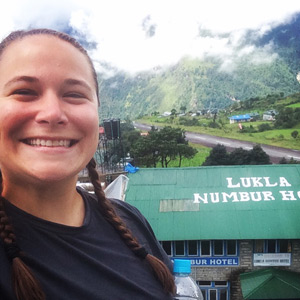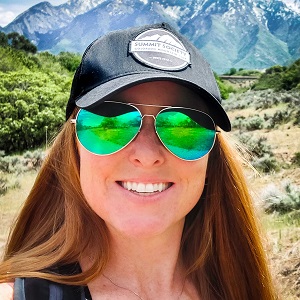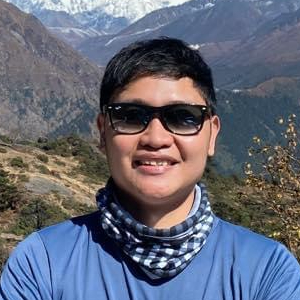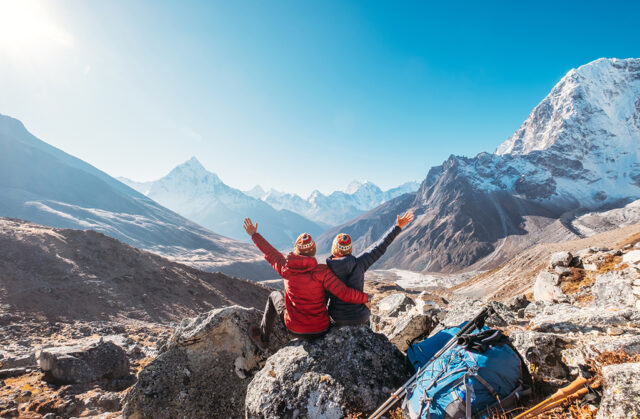
Adventure: “An enterprise of hazard; a bold undertaking, in which hazards are to be encountered, and the issue is staked upon unforeseen events.”
Webster’s American Dictionary.
Welcome bold adventurers to Nepal! Now, we are sure that everyone on our Base Camp Treks knows exactly what they are getting into when they travel to a remote part of the world to ascend to the base camp of the World’s tallest mountain, but just in case your biggest adventure in the last year was walking around London without Google Maps, then here are the top 10 things that may surprise you while trekking. A little bit of mental preparedness goes a long way.
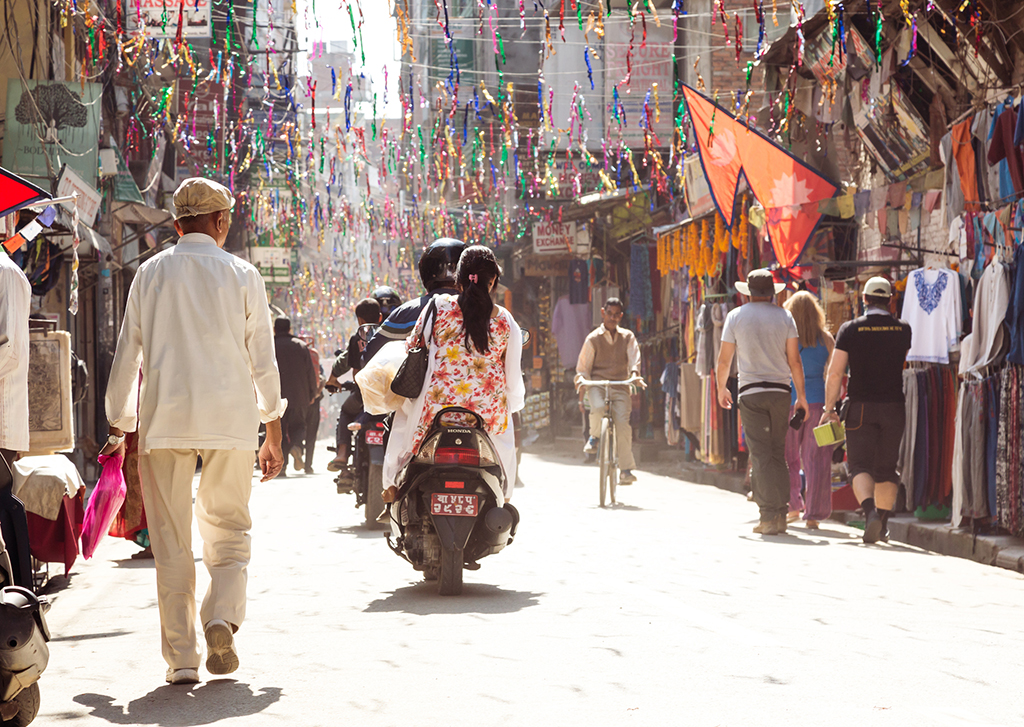
1. Nepal is a Developing Country
Nepal is one of the poorest countries in the world, and suffers from a very corrupt system that has hampered growth in the region. The average monthly salary is less than $200 and in rural areas is even less.
If you haven’t been to an undeveloped nation, the way the locals live can certainly be an eye opening experience. Certain standards that you are used to just don’t exist here. This means flights don’t run on time, roads get closed without notice and can go years without repair, safety standards are practically non-existent and public facilities such as restrooms just don’t exist. Plans are made by authorities and changed at the last minute or just forgotten altogether.
Keep in mind this is the status “normal” for everyday life for Nepalis and as travelers it’s something that we need to accept when traveling to this part of the world.
2. Cold Weather
No matter the time of year, you will be getting below freezing temperatures in the evening at the higher elevations. Expect and prepare for temperatures around -15 Celsius (0 Fahrenheit), and remember that the tea houses, while quite comfy at times, are not insulated or prepared to handle these temperatures. Rent a sleeping bag from us, dress in layers and find a yak to cuddle up with.
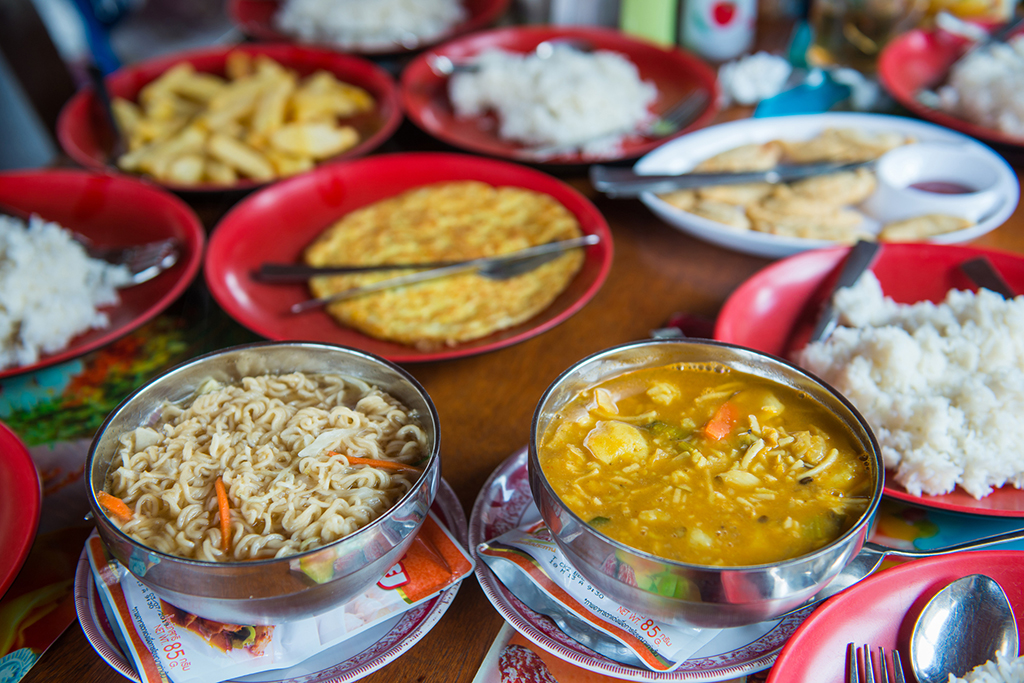
3. Food Poisoning
Again, the last 20 years have seen the region vastly improve in all sorts of ways, but it’s not uncommon for a few unlucky trekkers to get caught with some unsavory food borne illnesses along the way. Have the necessary medications ready to power through, and before you start cursing the nefarious cook for poisoning your porridge, maybe think back to the time you tied your shoelace right after it dragged on the bathroom floor and didn’t wash your hands. Dunk yourself in Purell and if you are an adventurous eater, well, don’t be one here.
4. Getting Sick
For those who aren’t accustomed to the dry mountain air, be aware that it can do some damage to your sinuses. The dust and pollution in Kathmandu can be quite bad at times as well when inversions build in the valley.
Proper hygiene and taking care of yourself is a must, and unless you want to find your face buried in a bowl of hot water and eucalyptus at the tea house to steam out the sinus infection you just got, keep on top of this as best you can. Drinking lots of tea, having a supply of throat lozenges, and applying generous amounts of hand sanitizer is a winning combination.

5. The Bathrooms
One of the most frequent complaints we hear is about bathrooms on the mountain. The fact is that over the last 20 years, the bathrooms at least in the Everest Region have gone from a hole in the ground to actual seated toilets, so that is the good news. However, let’s try not to expect luxurious or even standard commodes. During the peak season the tea house staff does their best to keep things relatively clean and functioning, but don’t be surprised if the below freezing temperatures and crowds make life interesting some evenings.
6. Altitude Sickness/Evacuation
Despite this trek being possible without any experience, it is important to note that because of the high elevation of this trek, it can be quite dangerous as you can succumb to altitude sickness on this trek. You are responsible for travel insurance that covers evacuation, and it’s very important that you are open and honest with your guide about any systems that you are feeling.
The best thing here is if you can plan a few extra days at the end of your trip. If you are having problems acclimatizing we can arrange for you to stop the trek and rest for a few days and can continue once you are better acclimatized.
7. Physical and Mental Toll
As each person is different, this can always be a tough thing to gauge, but the important thing here is to know yourself and what you can handle. 11 days of trekking can be a taxing experience, both physically and mentally, and the altitude will add another challenge on top of that as well. Proper training before the trip will make this an easier endeavour, but even for the physically fit, a positive attitude on your goal will help you dig deep for that inner strength you know you have.
8. Travel – Schedules
It is important to note that during an adventure such as this, there are situations well beyond anyone’s control that will require a bit of patience and understanding. We are always going to take care of our clients, however if the weather in Lukla is bad for two days, please understand that the hotels, flights, and everything else needs to be shuffled around. We may need to move you to another flight or arrange alternate accommodation, but rest assured knowing our team isn’t just going to leave you in the cold holding your bag.
I will say it again, the best thing here is if you can plan a few extra days at the end of your trip. You will be much more relaxed knowing that a day of delays is not going to result in you missing an international flight at the end of the trek.
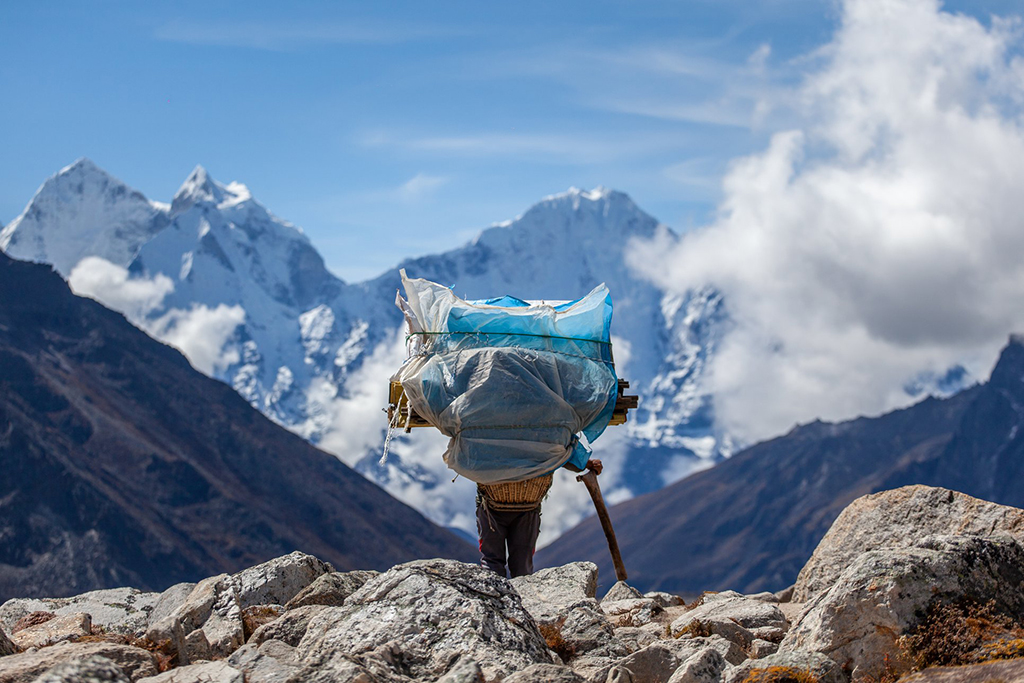
9. Culture
Nepal is full of very friendly, welcoming and hard working people, and you’ll get to experience this first hand with your trekking team. The smile says it all. That being said, it’s important to remember that things are very different in Nepal, and you should not expect the rules and customs at home to apply in Nepal.
Nepalis are welcoming and friendly and treat guests with respect. On the other hand, they lead a difficult life and might have difficulty empathizing or sharing in your personal challenges that they may not be able to relate with. Keep in mind also that English is a second language. So while they are good at conversing they may not be as comfortable talking about how they are feeling if it’s not in Nepali. Just accept that as guests we might not understand everything until we take the time to learn the language and walk in their shoes. Our goal is not to change their culture to appeal to our travels, but simply act as a bridge between worlds.
10. Crowds
It’s important to be mindful of how popular and accessible this region of the world has become, and as such don’t expect every day to be full of peaceful tranquility. There are certainly times where it will be just you and the mountain, however remember that this trek is much more than communing with nature. The like-minded people you meet and the shared experiences are all part of why we do this and what makes it special, so embrace the chaos …and please, remember to watch out for the Yaks.
Wait, why am I doing this again?
After reading this, some of you may be thinking, “What have I gotten myself into?” Fortunately, despite all the hardships and personal challenges you may face, these things pale in comparison to the people you will encounter, the stunning scenery, and the cultural experiences that send thousands of people to the Himalayas each year. The struggle is most definitely real, but the reward you will receive being in this particular part of the world is well worth it’s weight. This is truly a once in a lifetime experience, and with perseverance, an accomplishment that will last a lifetime and beyond.
